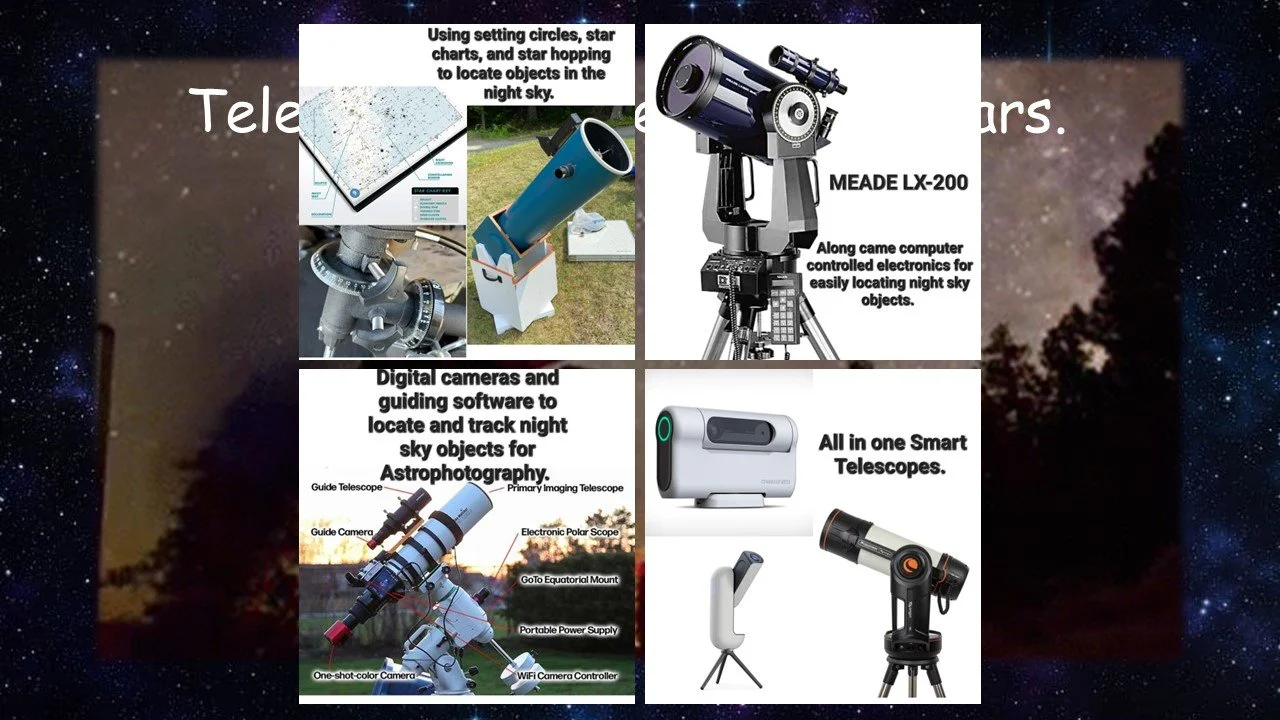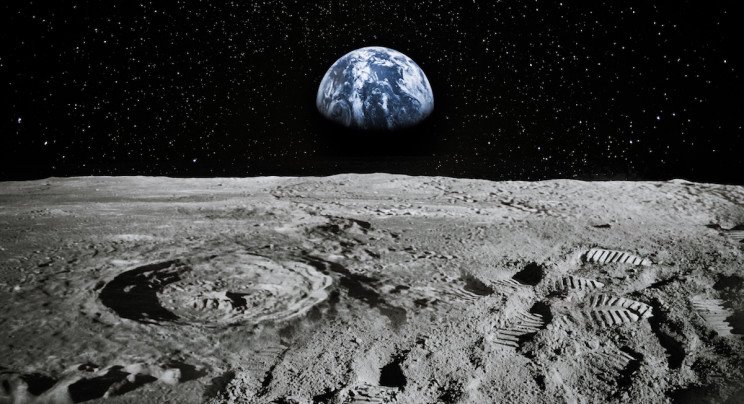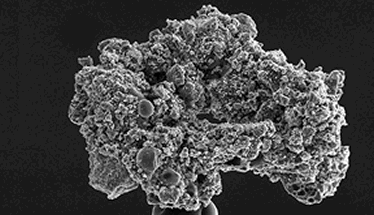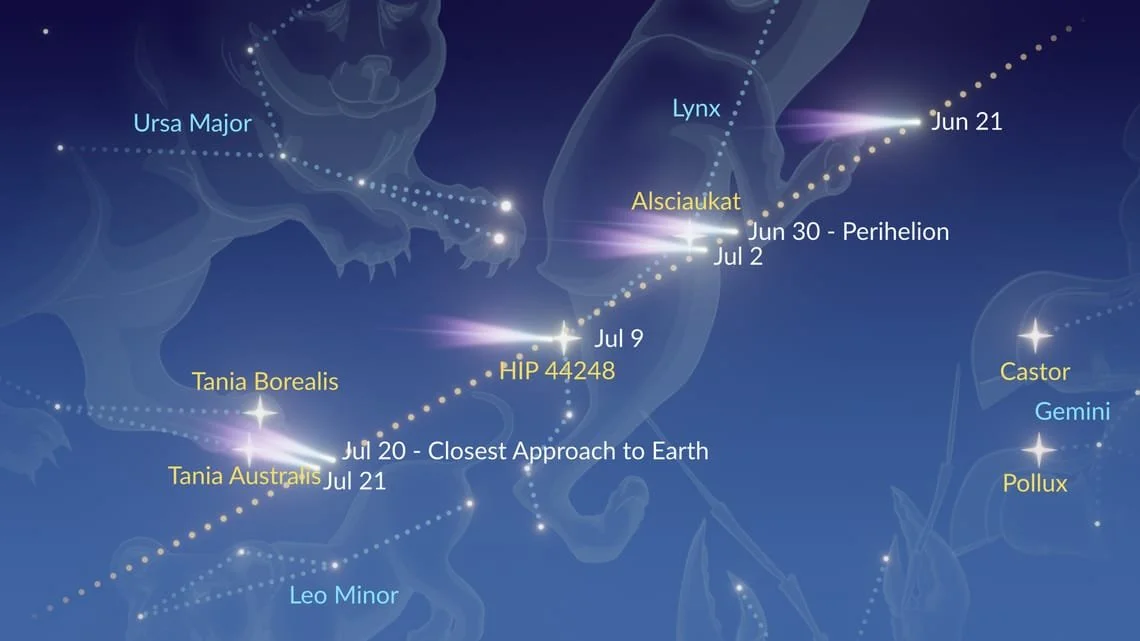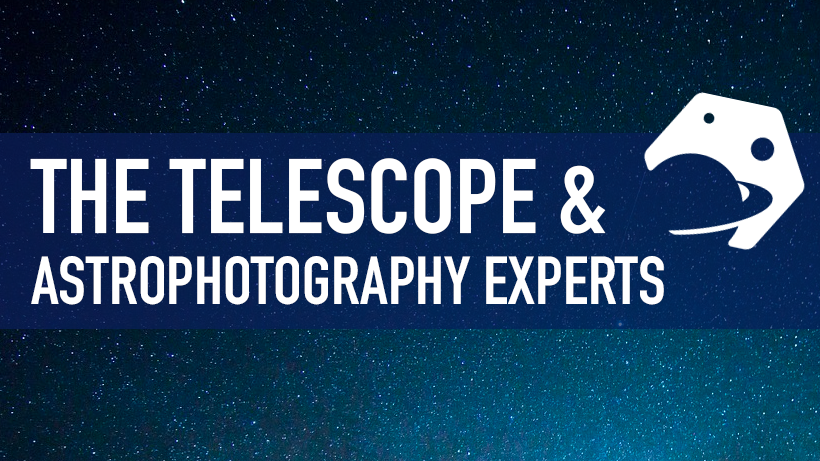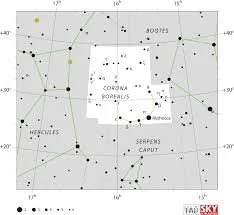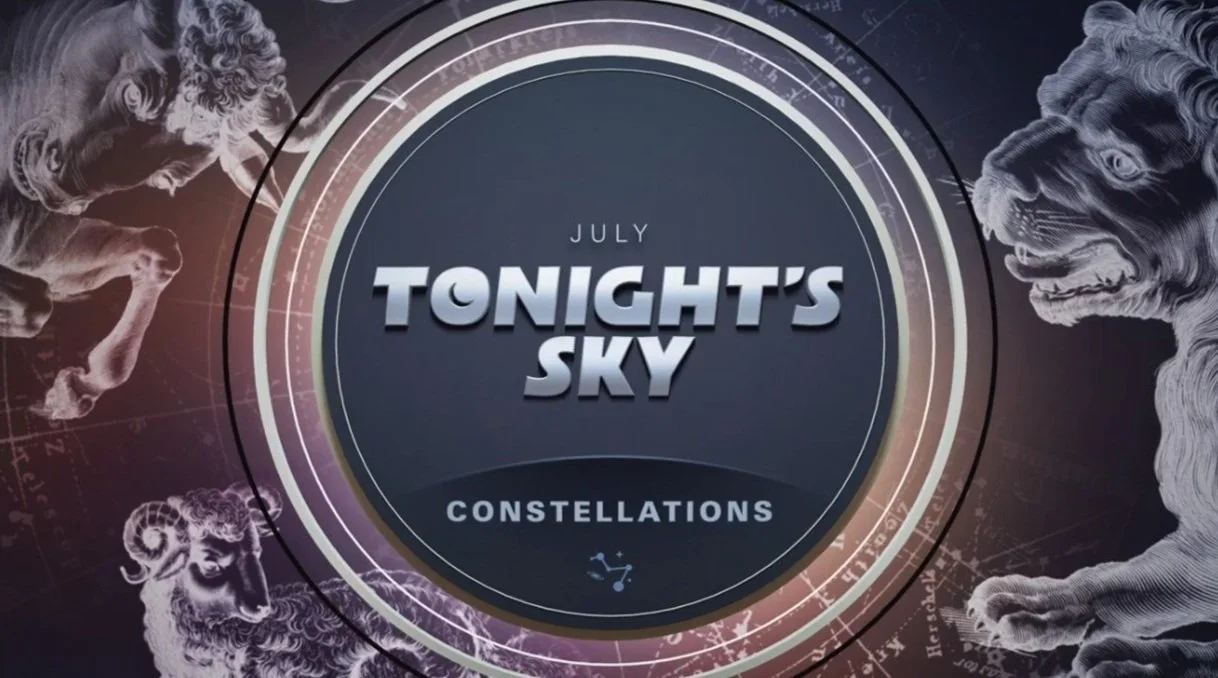Astral Projections Online July 2024
Check our Website for updated content at www.astra-nj.com
Club Presentations Wanted:
Does anyone have any astronomy items of interest to share with the membership?
Please let us know at Club Contacts.
Club dues and membership. If you renew after March 31 you will be renewed as a new member.
ASTRAL PROJECTIONS ONLINE (APO for short) is an email-linked publication for members only. If you exit APO to the club website or other resources you will need to use the emailed link again to get back to it. If you wish to retain a copy please bookmark or refer back to the email. We will make all efforts to post by the first week of the month.
Submissions Welcome: Members are invited to submit articles, photos, news, or stories for inclusion with Astral Projections Online. Please contact the ASTRA Webmaster.
Event Calendar
EVENT Cancellations: Members will receive email notifications of an event cancellation.
Upcoming July ASTRA Meeting
ASTRA's next meeting will be Friday, July 12, 2024, at 9 PM EST. This will be an observing meeting at Island Beach State Park Area#2.
Upcoming Star Parties
Jakes Branch - July 6 - 9 PM to 11 PM
Island Beach State Park Area #2 - July 12 - 9 PM to 11 PM
Island Beach State Park Area #2 - July 26 - 9 PM to 11 PM
Cloverdale Farm - Solar Observing - July 27 - 1 0 AM to 2 PM
Island Beach State Park Area #2 - August 2 - 9 PM to 11 PM
Island Beach State Park Area #2 - August 9 - 9 PM to 11 PM
Jakes Branch - August 10 - 9 PM to 11 PM
Cloverdale Farm - August 24 - 8:30 PM to 10:30 PM
Island Beach State Park Area #2 - August 30 - 8:30 PM to 10:30 PM
Upcoming Public, County & State Park Presentations 2024
Public Outreach Presentations, if any member wishes to support ASTRA outreach efforts with the public, please let Vinny, Ro, or Jim know of any interest. Additional help for these events is always appreciated.
County and State Park presentations require a registration fee, call the hosting park to reserve.
Beginner Solar Astronomy at Cloverdale Farm - July 27, 10 AM to 11 AM
Solar Observing with ASTRA after presentation, weather permitting.
Website Updates …
Please visit our club website. We continue to have additional updates, if some content would be useful to members please let us know.
“The nitrogen in our DNA, the calcium in our teeth, the iron in our blood, the carbon in our apple pies were made in the interiors of collapsing stars.”
”We are made of starstuff.”
Carl Sagan
July ASTRA Meeting - July 12
Our meeting for July will be an observing meeting at Island Beach State Park, Area #2.
Event Reports
June Star Parties
On June 1, we had our first star party at Patriots Park in Jackson, New Jersey. It’s a nice-sized facility and very open to the sky. We had a good showing of the membership. From everything I heard from the evening, everyone came away happy and looking forward to more events here.



On June 8 we were at Jakes Branch and the sky was nice to us this evening.
June 15 we were at Island Beach State Park, this time at Area #2. The event was hosted by The Friends of Island Beach State Park and we had a large crowd of guest for the evening. With a large turn out of members we had plenty of telescopes on had. Vic Palmieri also provided a discussion on the Moon.





On June 28 we were back at Island Beach State Park, hosted by IBSP. IBSP were on hand with their own table and had over 60 guest signed up for the event. For a while we were playing tag with the clouds, but was able to get enough observing time in for the public. Once the event was over we did have some members stay after for some private observing.





June ASTRA Meeting Summary
At the ASTRA meeting for June, we had an astronomy swap meeting. Some members brought items to sell and some did make some purchases. We’ll need to think about the planning of one of these again with additional planning to get other astronomy clubs to participate next year.
Unfortunately, we did not capture any photos of this meeting.
Because we had additional time, Jim Webster did provide a preview of a new presentation for the public. Beginner Astronomy: Introduction to Smart Telescopes. This same presentation was provided to the Holiday City Carefree Men’s Club on June 20. The feedback from them was great.
County Park Presentations
We did not have any county park presentations for June.
Members Submitted Articles & Items
Whatever it is, how you tell your story online can make all the difference.
No submitted member articles for July.
Contact: Jim Webster, ASTRA President and Webmaster, regarding submissions.
The Moon: Our Nearest Neighbor
Let’s explore some interesting features, facts, or myths about our nearest neighbor, the Moon. Without it, life on Earth would be totally different, if not at all.
Lunar Dust, bad, very bad …
Beyond Earth's atmosphere, dust is insidious. On the Moon, it's made of crushed rock and is damaging to everything from lunar landers to spacesuits and human lungs if inhaled
Researchers are studying data from a recent suborbital flight test to better understand lunar regolith, or Moon dust, and potentially damaging effects as NASA prepares to send astronauts back to the lunar surface under the Artemis campaign.
The Moon is highly charged by phenomena such as solar wind and ultraviolet light from the Sun. Under those conditions, regolith grains are attracted to lunar explorers and their equipment – think of it as similar to the static created by rubbing a balloon on a person’s head. Enough regolith can cause instruments to overheat or not function as intended.
“For example, if you get dust on an astronaut suit and bring it back into the habitat, that dust could unstick and fly around the cabin,” said Krystal Acosta, a researcher for NASA’s triboelectric sensor board component inside the ERIE payload. “One of the major problems is that there’s no way to electrically ground anything on the Moon. So even a lander, rover, or any object on the Moon will have polarity to it. There’s no good solution to the dust charging problem right now.”
Besides equipment concerns, there is a big problem for astronauts as well. Once inside, the loose lunar dust on the astronaut’s suits was being breathed in.
The “lunar hay fever”, as NASA astronaut Harrison Schmitt described it during the Apollo 17 mission created symptoms in all 12 people who have stepped on the Moon. From sneezing to nasal congestion, in some cases, it took days for the reactions to fade. Inside the spacecraft, the dust smelt like burnt gunpowder.
Lunar dust is highly abrasive and can cause damage to human lungs, nervous, and cardiovascular systems. A 2005 NASA study listed 20 risks that required further study before humans should commit to a human Mars expedition, and ranked "dust" as the number one challenge.
NASA Experiment Sheds Light on Highly Charged Moon Dust. February 15, 2024
Risk of Adverse Health Effects from Lunar Dust Exposure: PDF Report
Outreach material below is distributed free for public outreach.
Around The Web
Adirondack Sky Center
Astrophotography Conference
This four-day workshop event is at Little Wolf Pond, Tupper Lake New York. It’s a six to seven-hour drive from Toms River. The price Is very reasonable and if lodging is needed check out cabins at Curtigay Cove. It is a two-minute drive from the Sky Center.
Curtigay Cove cabin rental, speak with Jim Webster.
Comet 13P/Olbers: Halley-Type Comet Returns After 69 Years
StarWalk says that “Olbers is well-placed in the sky” and people can already “observe it with your backyard telescope.” If visible, the comet will appear in the western sky, according to astronomy news site Universe Today, between 20 and 30 degrees above the horizon.
Last seen in 1956, Comet 13P/Olbers is returning to the inner Solar System after 68 years. The periodic, Halley-type comet will reach its next perihelion or closest approach to the Sun on June 30 and has become a target for binocular viewing low in planet Earth's northern hemisphere night skies. But this sharp telescopic image of 13P is composed of stacked exposures made on the night of June 25.
APOD: Dan Bartlett
It easily reveals shifting details in the bright comet's torn and tattered ion tail buffeted by the wind from an active Sun, along with a broad, fanned-out dust tail and slightly greenish coma.
Comet 13P/Olbers has been with us for a short time and there is still plenty of time to try observing it. Starwalk.space
High Point Scientific a local astronomy equipment distributor has a series of articles online for astronomers of all levels. Linked below is something for beginners.
Dark Sky News
Dark Sky New Jersey is a joint venture of Dark Sky International Advocates and Delegates from New Jersey and the New Jersey chapter of the Sierra Club Dark Sky team. If there is an interest in helping, please let Jim Webster know.
State Bill A2196 passed unanimously in a vote before the entire assembly on June 28, 2024.
Still no word on the Senate side.
A recently introduced bill A546, the municipal LED street lighting bill, is a concern because it could introduce more light pollution if not properly implemented. Currently, there does not seem to be movement on this one yet. We are trying to arrange a meeting with the bill's sponsors and discuss proper lighting with them--perhaps in July.
On the lighter side of astronomy …
For more go to NASA Jet Propulsion Laboratory webpage: What’s Up: Skywatching Tips From NASA
This article and images are distributed by NASA Night Sky Network
The Night Sky Network program supports astronomy clubs across the USA dedicated to astronomy outreach.
Visit nightsky.jpl.nasa.gov to find local clubs, events, and more!
July’s Night Sky Notes: A Hero, a Crown, and Possibly a Nova!
By Vivian White
High in the summer sky, the constellation Hercules acts as a centerpiece for late-night stargazers. At the center of Hercules is the “Keystone,” a near-perfect square shape between the bright stars Vega and Arcturus that is easy to recognize and can serve as a guidepost for some amazing sights. While not the brightest stars, the shape of the hero’s torso, like a smaller Orion, is nearly directly overhead after sunset. Along the edge of this square, you can find a most magnificent jewel - the Great Globular Cluster of Hercules, also known as Messier 13.
Look up after sunset during the summer months to find Hercules! Scan between Vega and Arcturus, near the distinct pattern of Corona Borealis. Once you find its stars, use binoculars or a telescope to hunt down the globular clusters M13 (and a smaller globular cluster M92). If you enjoy your views of these globular clusters, you’re in luck - look for another great globular, M3, in the nearby constellation of Boötes. Image created with assistance from Stellarium: stellarium.org
Globular clusters are a tight ball of very old stars, closer together than stars near us. These clusters orbit the center of our Milky Way like tight swarms of bees. One of the most famous short stories, Nightfall by Isaac Asimov, imagines a civilization living on a planet within one of these star clusters. They are surrounded by so many stars so near that it is always daytime except for once every millennium, when a special alignment (including a solar eclipse) occurs, plunging their planet into darkness momentarily. The sudden night reveals so many stars that it drives the inhabitants mad.
M13 Hubble ESA
Back here on our home planet Earth, we are lucky enough to experience skies full of stars, a beautiful Moon, and regular eclipses. On a clear night this summer, take time to look up into the Keystone of Hercules and follow this sky chart to the Great Globular Cluster of Hercules. A pair of binoculars will show a faint, fuzzy patch, while a small telescope will resolve some of the stars in this globular cluster.
Bonus! Between Hercules and the ice-cream-cone-shaped Boötes constellation, you’ll find the small constellation Corona Borealis, shaped like the letter “C.” Astronomers around the world are watching T Coronae Borealis, also known as the “Blaze Star” in this constellation closely because it is predicted to go nova sometime this summer. There are only 5 known nova stars in the whole galaxy. It is a rare observable event and you can take part in the fun! The Astronomical League has issued a Special Observing Challenge that anyone can participate in. Just make a sketch of the constellation now (you won’t be able to see the nova) and then make another sketch once it goes nova.
A red giant star and white dwarf orbit each other in this animation of a nova similar to T Coronae Borealis. The red giant is a large sphere in shades of red, orange, and white, with the side facing the white dwarf the lightest shades. The white dwarf is hidden in a bright glow of white and yellows, which represent an accretion disk around the star. A stream of material, shown as a diffuse cloud of red, flows from the red giant to the white dwarf. When the red giant moves behind the white dwarf, a nova explosion on the white dwarf ignites, creating a ball of ejected nova material shown in pale orange. After the fog of material clears, a small white spot remains, indicating that the white dwarf has survived the explosion. NASA/Goddard Space Flight Center
Tune into our mid-month article on the Night Sky Network page, as we prepare for the Perseids! Keep looking up!
Let’s Explore Space - What’s in the Sky July 2024
Since Constellation Corona Borealis keeps being discussed with the pending Nova event, we will focus on where it is.
Corona Borealis
Stars: Alpha Coronae Borealis, Beta Coronae Borealis · View more
Name: The Northern Crown
Hemisphere: the Northern Hemisphere britannica.com
Abbreviation: CrB
Area: 179 sq. deg. (73rd)
Bayer/Flamsteed stars: 24
Bordering constellations: Hercules; Boötes; Serpens Caput
Corona Borealis is a small constellation in the Northern Celestial Hemisphere. It is one of the 48 constellations listed by the 2nd-century astronomer Ptolemy and remains one of the 88 modern constellations. Its brightest stars form a semicircular arc. Its Latin name, inspired by its shape, means "northern crown". Wikipedia
Corona Borealis lies between the constellations Boötes and Hercules and represents the crown of Ariadne, daughter of King Minos in Greek mythology, who helped the hero Theseus defeat the Minotaur and find his way out of the labyrinth in which the creature lived. In Celtic mythology, Corona Borealis is known as Caer Arianrhod, or the Castle of Arianrhod, the place where the mythical Lady Arianrhod lived.
Corona Borealis contains the famous Blaze Star (T Coronae Borealis), a recurrent nova, and the Fade-Out Star (R Coronae Borealis), but does not have any bright deep sky objects. The Corona Borealis Galaxy Cluster (Abell 2065) does not contain any galaxies brighter than 16th magnitude.
Stellarium view: Jim Webster
Tonight’s Sky: July
In July, find the Scorpius constellation to identify the reddish supergiant Antares, which will lead you to discover a trio of globular star clusters. Keep watching for space-based views of these densely packed, spherical collections of ancient stars, as well as three nebulas: the Swan Nebula, the Lagoon Nebula, and the Trifid Nebula.
Visit the STScI which produces Hubblesite.org video overviews for Tonight’s Sky.
They can be found both on Facebook and stsci.edu.
Submissions Welcome
Members are invited to submit articles, photos, news, or stories for inclusion with Astral Projections Online. Please contact the ASTRA Webmaster.



